Algebra
Algebraic expressions - OCR
Letters can be used to stand for unknown values or values that can change. Formulas can be written and equations solved to solve a range of problems in science and engineering.
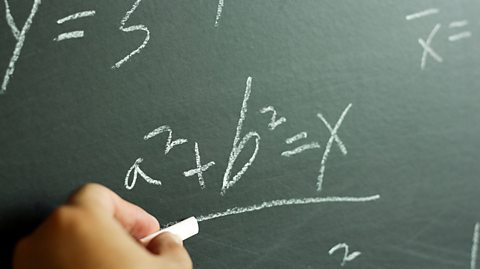
Algebraic formulae - OCR
Formulae are used in everyday life, from working out areas and volumes of shapes to converting units of measurement. Knowing how to use and rearrange formulae are very useful skills.
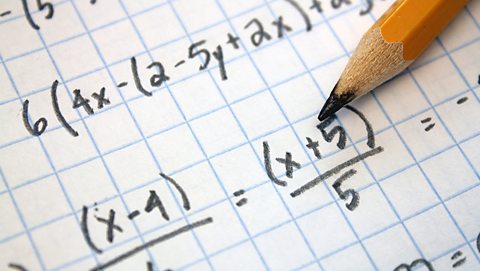
Algebraic fractions - OCR
Algebraic expressions in fraction form are rational. Methods of adding, subtracting, multiplying and dividing fractions plus expanding and factorising can be used to simplify rational expressions.
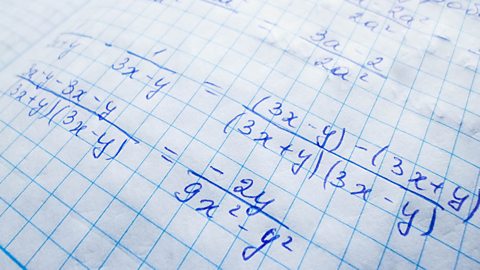
Solving linear equations - OCR
Forming, using and solving equations are skills needed in many different situations. From balancing accounts to making sense of a mobile phone bill, solving equations is a vital skill.

Solving simultaneous equations - OCR
Simultaneous equations require algebraic skills to find the values of letters within two or more equations. They are called simultaneous equations because the equations are solved at the same time.
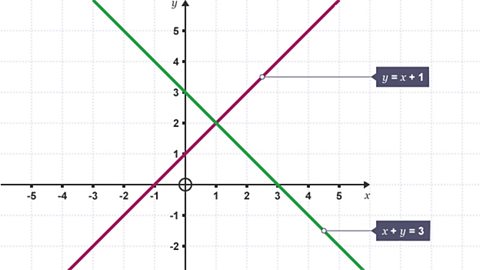
Inequalities - OCR
Inequalities show the relationship between two expressions that are not equal to one another. Inequalities are useful when projecting profits and breakeven figures. In this OCR Maths study guide, you can revise the more than and less than signs, how to solve inequalities and how inequality can be represented graphically.
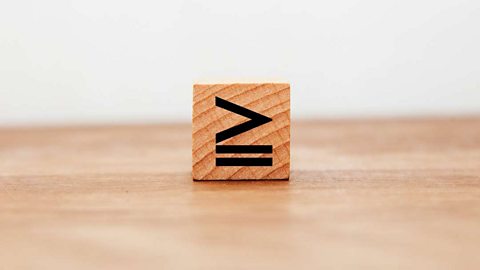
Sequences - OCR
Sequences can be linear, quadratic or practical and based on real-life situations. Finding general rules helps find terms in sequences.
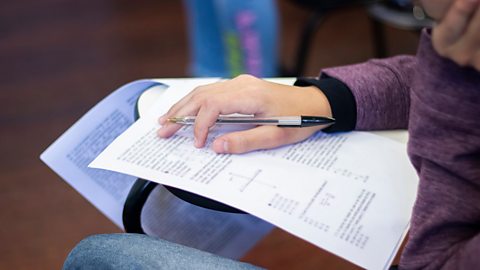
Straight line graphs - OCR
Graphs show the relationship between two variables and are often seen in newspapers and the media. People who work in professions involving maths and science commonly use graphs.

Other graphs - OCR
The most commonly occurring graphs are quadratic, cubic, reciprocal, exponential and circle graphs. Their equations can be used to plot their shape.

Transformation of curves - Higher - OCR
Functions of graphs can be transformed to show shifts and reflections. Graphic designers and 3D modellers use transformations of graphs to design objects and images.
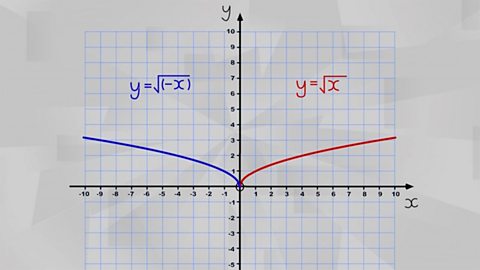
Using and interpreting graphs - OCR
In real-life contexts, the intercept, gradient and area beneath graphs can contain information such as fixed charges, speed or distance.
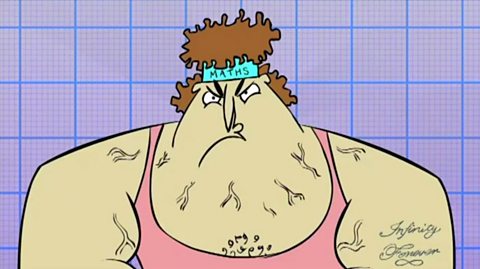
Quadratic equations - OCR
Solve quadratic equations by factorising, using formulae and completing the square. Each method also provides information about the corresponding quadratic graph.

Links
- External linkExternal link
- SubscriptionSubscription
- External linkExternal link
- External linkExternal link
- External linkExternal link